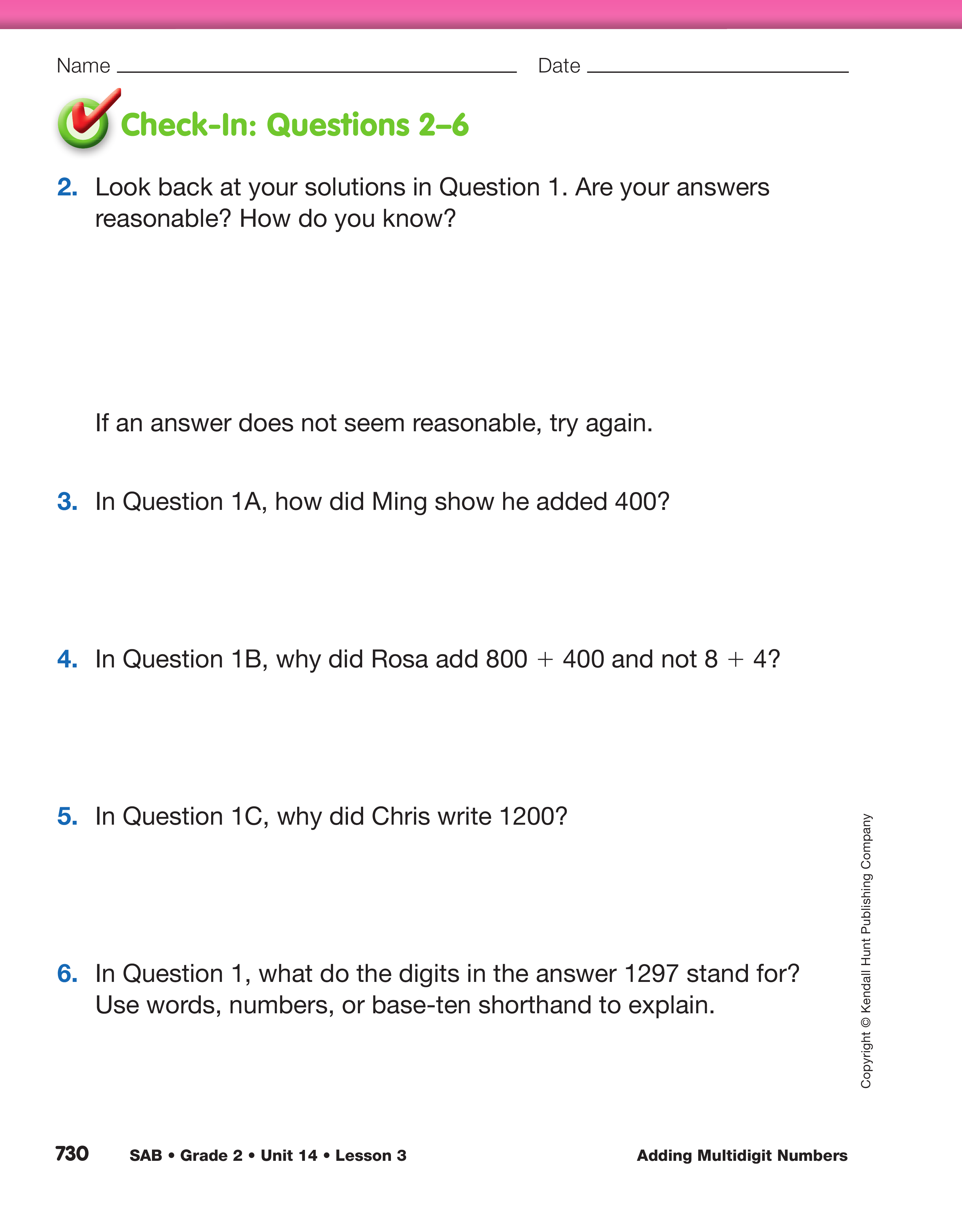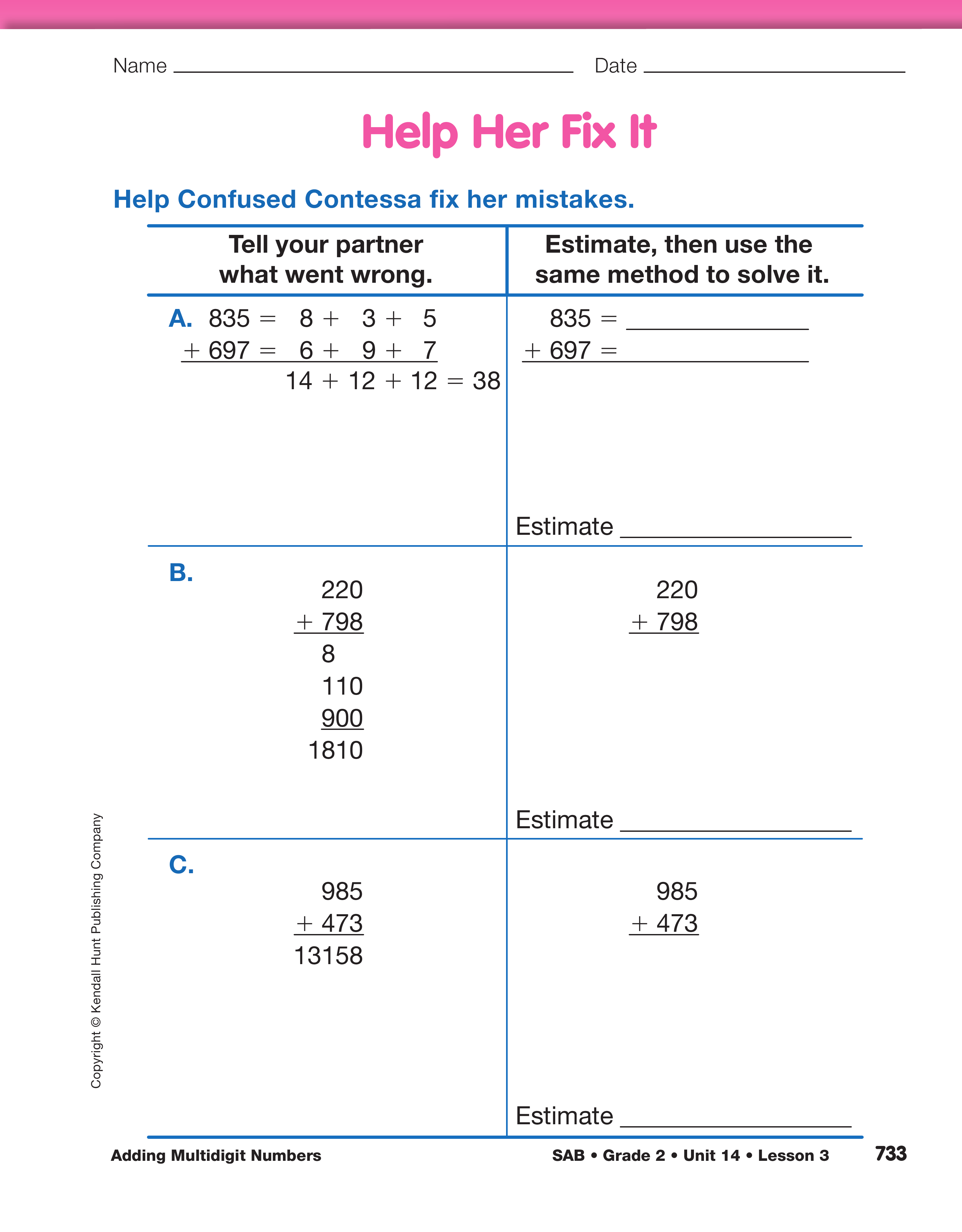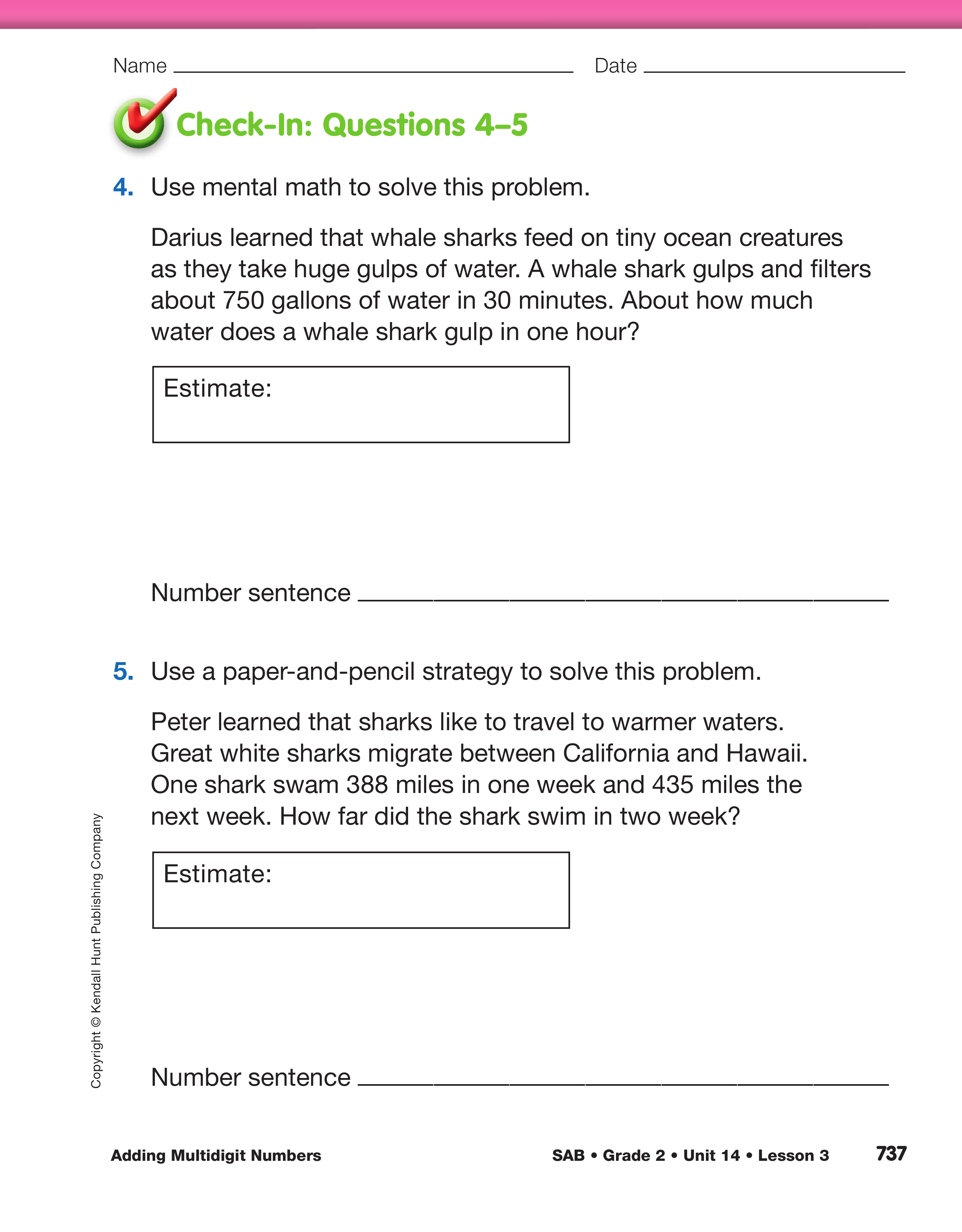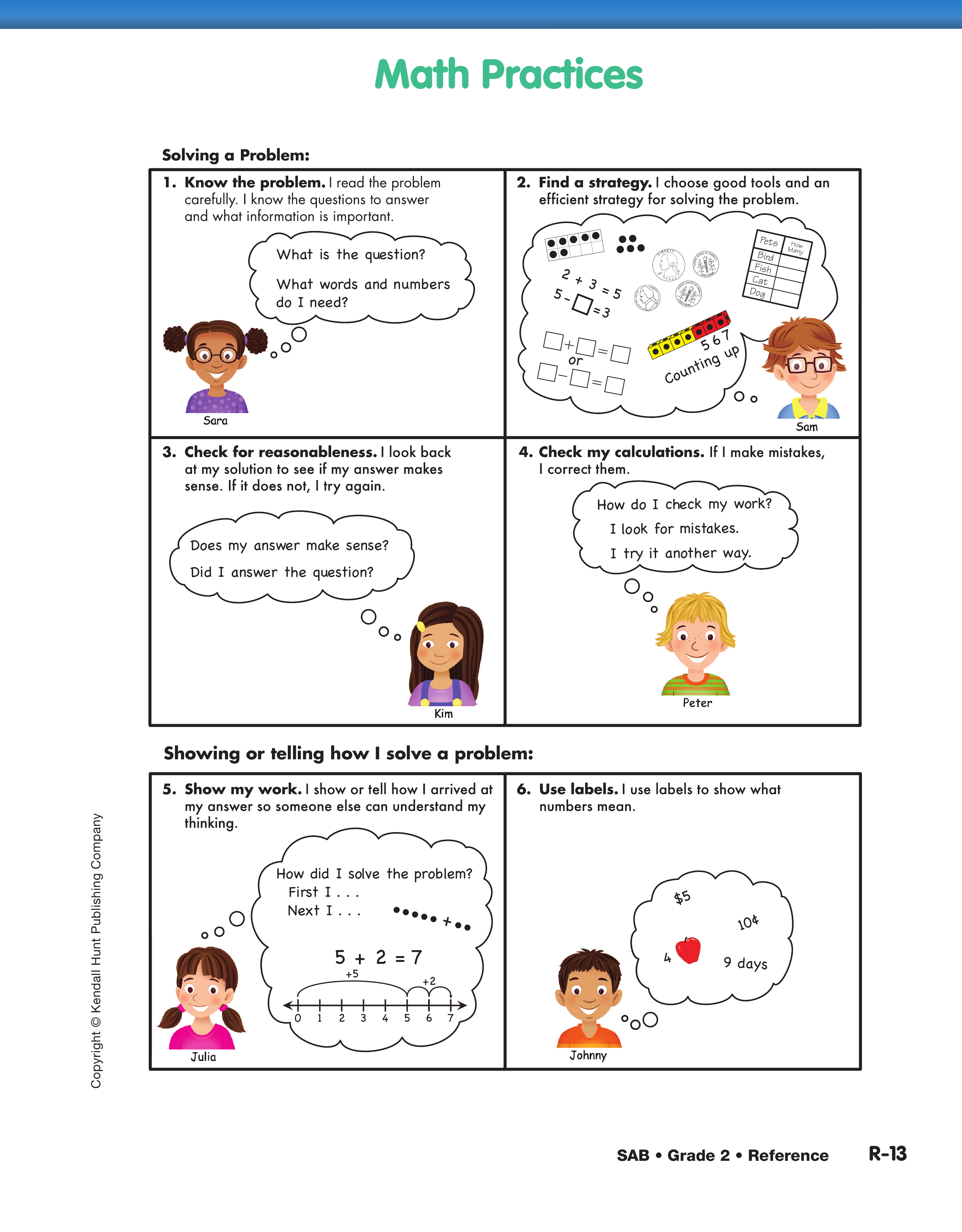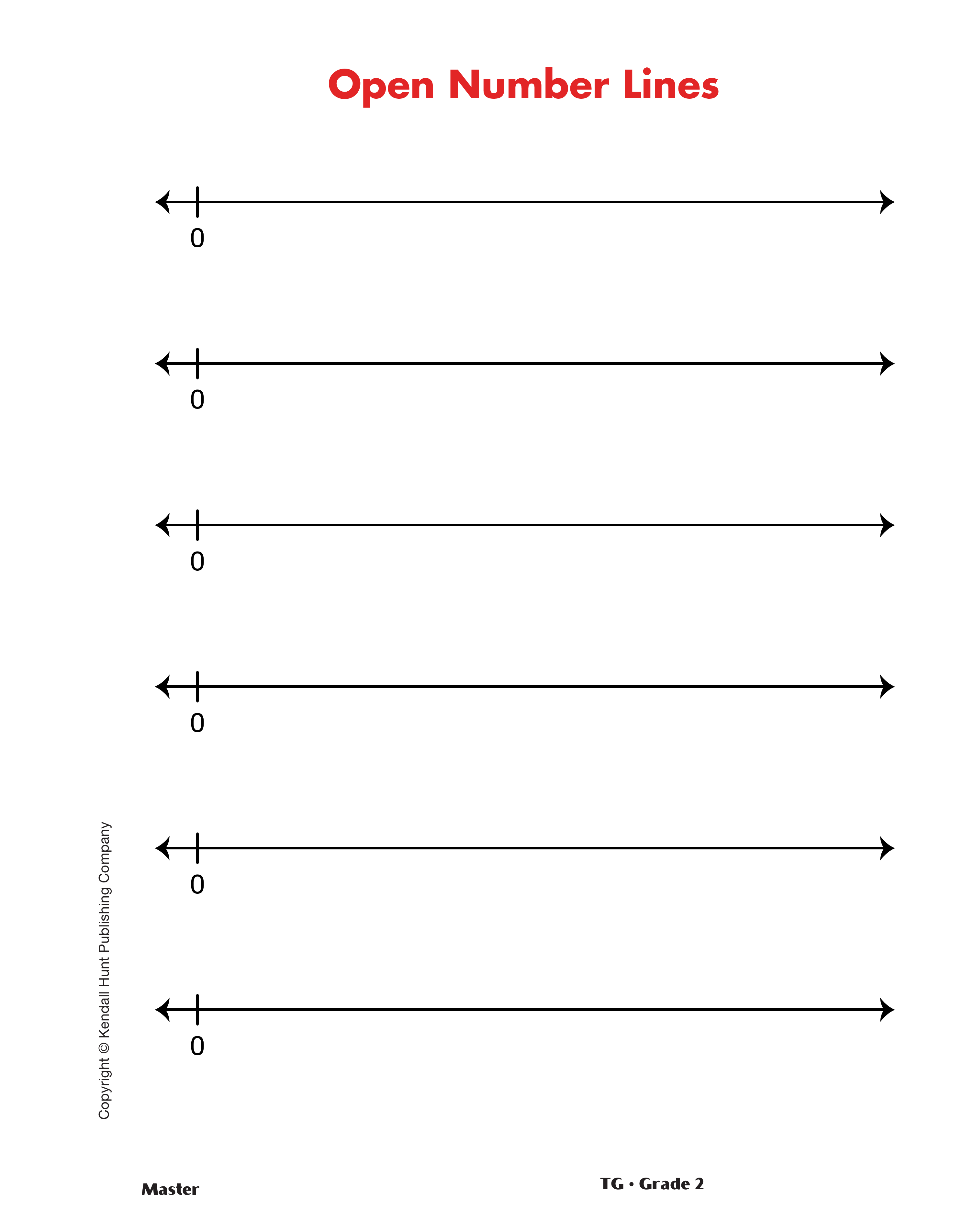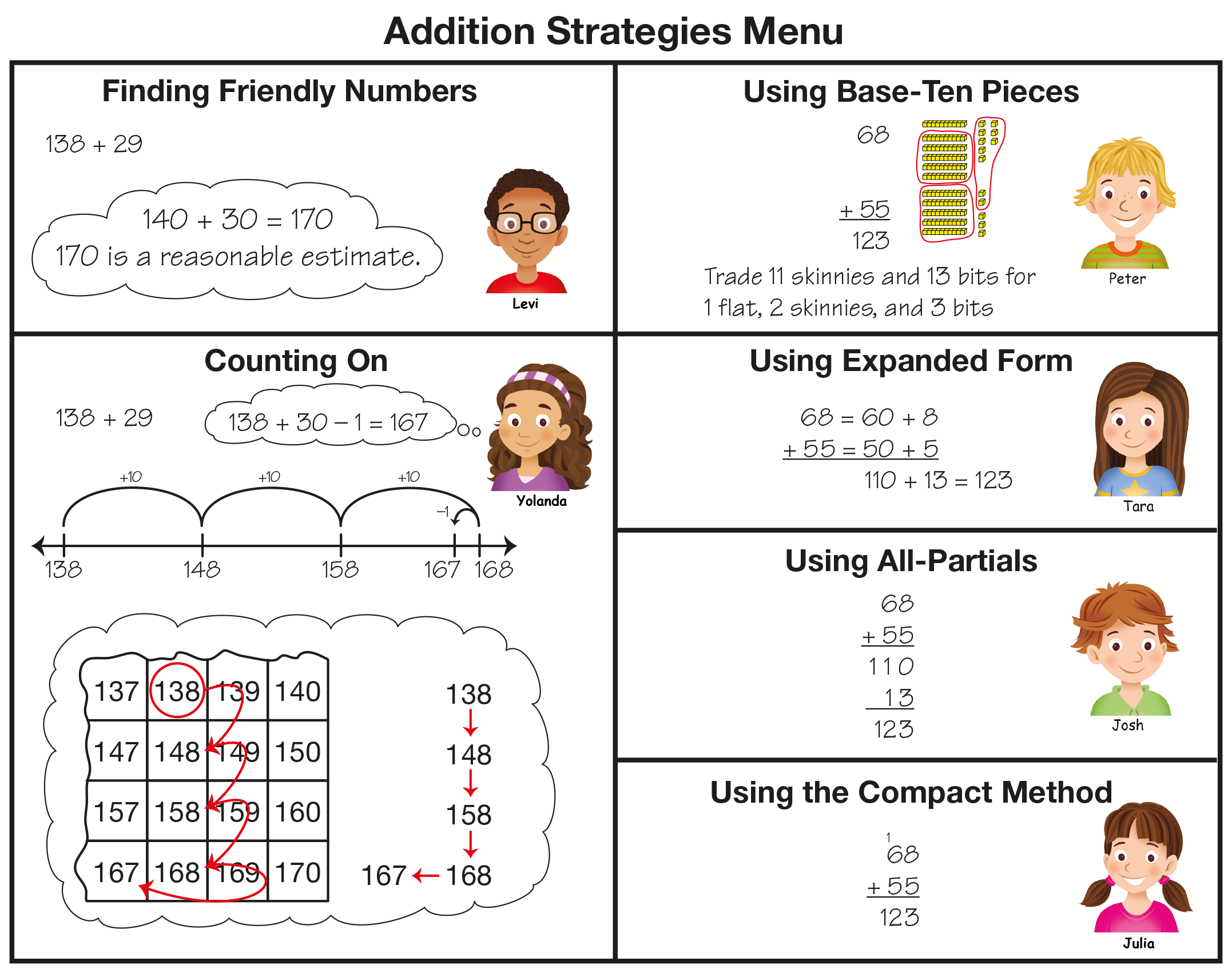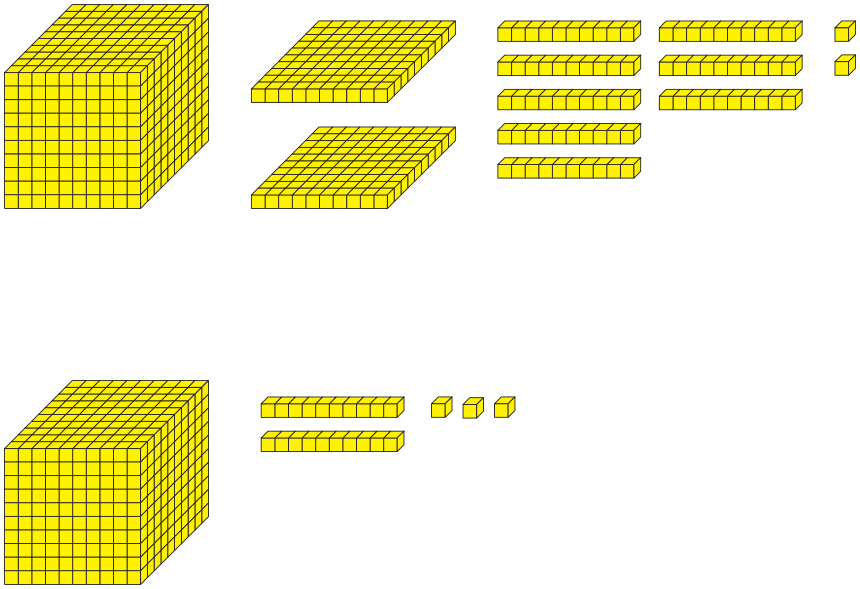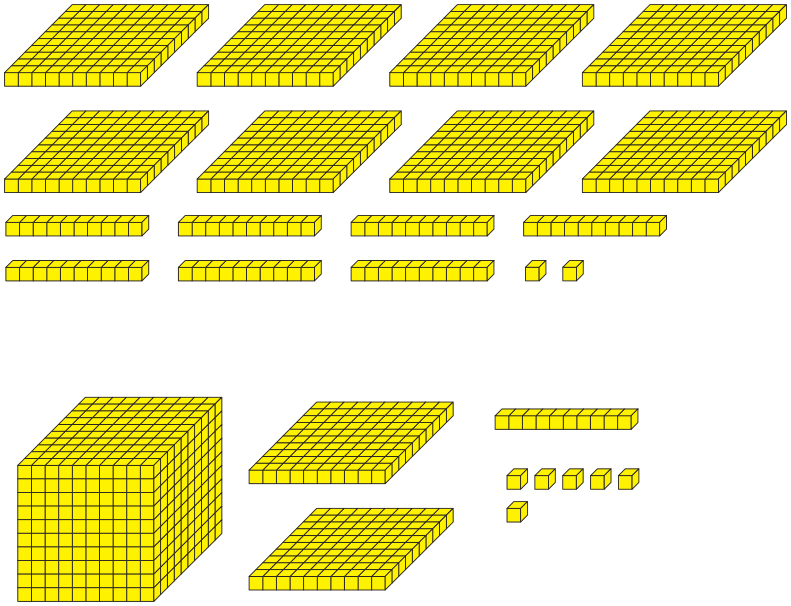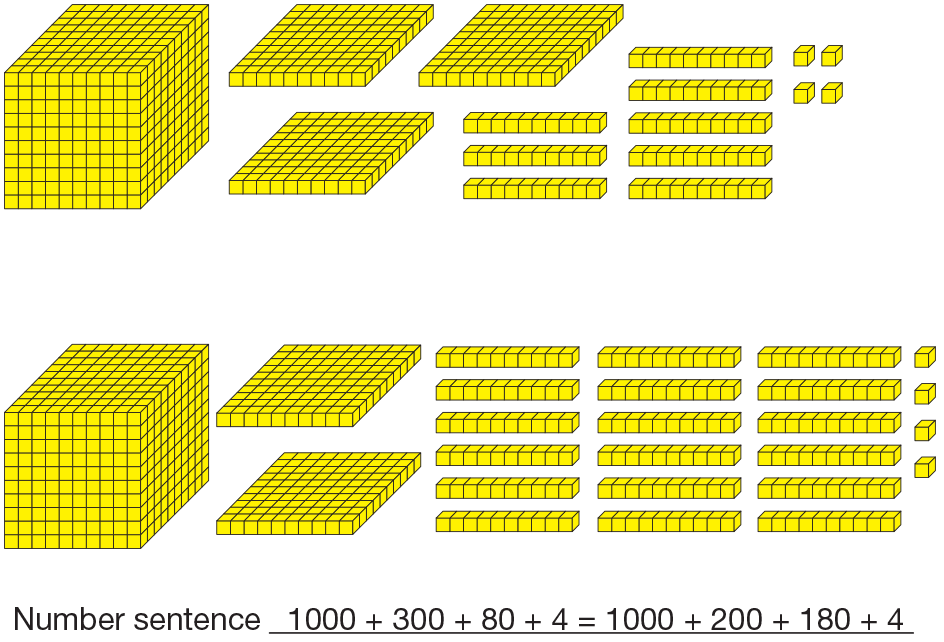Adding Multidigit Numbers
Est. Class Sessions: 2–3Developing the Lesson
Part 2: Choose a Strategy
Correct Confused Contessa's Mistakes. Display and direct students to the Help Her Fix It pages in the Student Activity Book. Explain to the students that Confused Contessa needs help correcting mistakes she made while adding larger numbers. For each problem, ask students to estimate the sum and then discuss Contessa's work with a partner to try to identify her mistake.
Then ask:
Discuss the mistakes Contessa made in Questions A–F:
- place value mistakes; Contessa did not list the correct value for the numbers.
- recording mistakes; The value for the numbers is correct, but Contessa needed to align and add hundreds to hundreds, tens to tens, and ones to ones.
- Contessa did not regroup.
- Contessa regrouped unnecessarily.
- place value mistakes; Contessa added the digits and then recorded them all as hundreds.
- regrouping mistake; Contessa forgot to regroup and overlooked adding another ten and another hundred.
Apply Strategies to Solve Word Problems. Display and direct students' attention to the Math Practices page in the Student Activity Book Reference section. As they work on the multidigit addition problems on the Shark Day pages in the Student Activity Book, students will apply the following Math Practice Expectations.
In preparation, ask:
Tell students to refer to the Addition Strategies Menu in the Student Activity Book Reference section as they complete the word problems on the Shark Day pages. See Figure 4.














